The LG G8 Review: Solid, But Not Great
by Andrei Frumusanu on April 30, 2019 1:00 PM EST- Posted in
- Mobile
- LG
- Smartphones
- LG G8
- LG G8 ThinQ
Camera - Daylight Evaluation
We move on to the G8’s camera. Again this is a controversial topic as it was one of the areas where the G7 last year failed quite terribly, particularly on the matter of post-processing where the phone’s camera kept applying needless noise-reduction filters which blurred out details and made things look like watercolour paintings.
The G8 needs to redeem itself not only in this regard, but also needs to compete with excellent new cameras from the competition.
Among the differenes between the G7 and G8 is that the new 12MP sensor and f/1.5 aperture lens module comes with a slightly wider viewing angle on the main camera. Also it will be interesting to see the differences between the V40 and G8 as both have the same module, but different SoCs which will impact processing results.
For this review, I’ll also be taking a better look at LG’s AI Cam mode as since the V40 this capture mode is more balanced in terms of the results and overall I’ve deemed it to be an overall benefit to the camera.

[ G8 ] - [ G7 ]
[ V40 ] - [ P30 Pro ]
[ P30 ] - [ P20 Pro ]
[ P20 ] - [ Mate 20 Pro ]
[ S10+ (S) ] - [ S10+ (E) ] - [ S9+ (S) ]
[ View20 ] - [ OnePlus 6T ] - [ Pixel 3 ] - [ iPhone XS ]
Starting off with the main camera, we see in this first scene that the G8 produces much better results than the G7 with significantly better dynamic range and detail. LG seems to have toned down the noise reduction in subsequent firmware updates to the G7 which was one of its worst behaviours.
The AI mode helps the a tad darker and unsaturated result of the Auto mode on the G8, but for this scene it’s not as dramatic a difference as seen on the V40. I actually like the V40’s AI mode here as it’s a better representation of the scene under a cloud-free sky with the bright sun. Both the G8 and V40 in this mode have nearly the same exposure time yet the V40’s processing brings out better dynamic range and contrast.
The G8’s competition here is clearly the Galaxy S10. The LG device has better saturations, however Samsung is able to bring out more shadow details, especially on the shadow-cast wall in the middle of the scene.
While LG has improved its usage of noise reduction, the G8 still evidently uses some, along with a combination of a sharpening filter. On some parts of the scene this works ok, but for example in the middle left trees this gives an unnatural sharpening to the foliage compared to the Galaxy S10.
Wide-angle shots on the G7 could be pretty terrible, and this is one scene where the G8 again improves dramatically in this regard, having much better colours, details and dynamic range.
Oddly enough, again the G8’s AI mode doesn’t produce as nearly nice results as the V40’s, which although lacks detail, has excellent colours and dynamic range contrast.
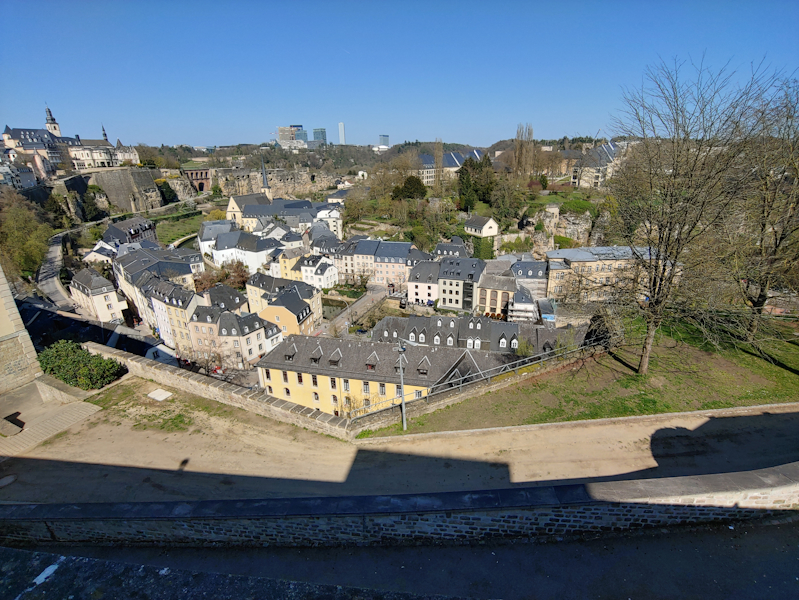
[ G8 ] - [ G7 ]
[ V40 ] - [ P30 Pro ]
[ P30 ] - [ P20 Pro ] - [ P20 ]
[ Mate 20 Pro ] - [ S10+ (S) ] - [ S10+ (E) ]
[ S9+ (S) ] - [ View20 ] - [ OnePlus 6T ]
[ Pixel 3 ] - [ iPhone XS ]
The next scene the difference between the G7 and G8 is night and day. The former phone’s histogram in this picture is just sad too look at as it avoids the last 10% completely while having most content dynamic range in the 5-50% levels, which is absurd considering this picture is captured in broad daylight. The G8 is just much better in capturing the proper highlights while still maintaining shadows correctly.
The AI mode brightens things even a little bit further, in an even better representation of the bright scene. I would say I prefer the G8’s shot here over the V40 as the latter compresses things a bit too much.
Again the G8 here competes with the S10, although again in terms of details it lags behind as its noise reduction and sharpening is too aggressive, losing out details such as the roof tiles in the first building from the bottom.
The wide-angle lens is again a major step-up compared to what we see on the G7. Unfortunately when it comes to detail on the wide angle, LG still very much lags behind Huawei and now Samsung.
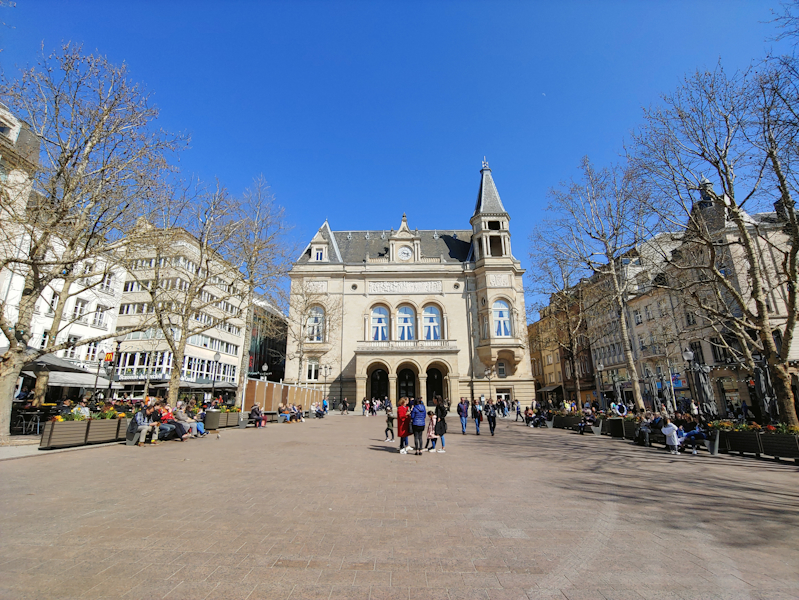
[ G8 ] - [ G7 ]
[ V40 ] - [ P30 Pro ]
[ P30 ] - [ P20 Pro ] - [ P20 ]
[ Mate 20 Pro ] - [ S10+ (S) ] - [ S10+ (E) ]
[ S9+ (S) ] - [ View20 ] - [ Pixel 3 ] - [ iPhone XS ]
Although the G8 has less resolution than the G7, its camera actually has the better spatial resolution when it comes to details, and in this scene it’s evident that it’s not just a matter of the post-processing.
The differences between the G8 and V40 are more nuanced, and I like the new phone’s better preservation of highlights. The G8 is ahead in terms of colours and exposure, however it again lags behind in detail to the Galaxy S10.
In terms of the wide angle, this shot wasn’t great for any of the LG phones. Particularly the texture of the pavement on the G8 is quite terrible when compared to what Huawei and Samsung are producing.
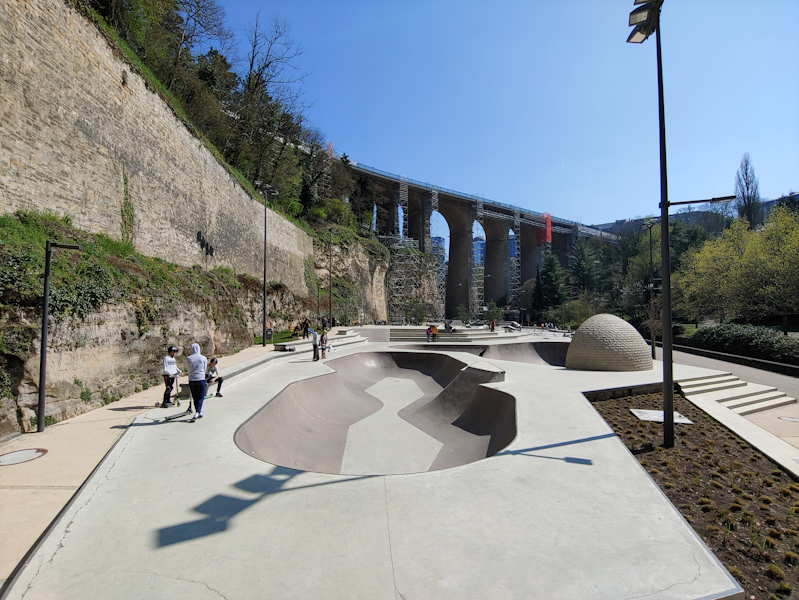
[ G8 ] - [ G7 ]
[ V40 ] [ P30 Pro ] - [ P30 ]
[ P20 Pro ] - [ P20 ]
[ Mate 20 Pro ] - [ S10+ (S) ] - [ S10+ (E) ]
[ S9+ (S) ] - [ View20 ] - [ OnePlus 6T ]
[ Pixel 3 ] - [ iPhone XS ]
On the main camera, the G8’s AI mode here happens to capture a nearly identical composition to the S10 even though the latter’s exposure is twice as long because of the f/2.4 aperture in bright scenarios. I like the G8’s colours more, however details again seem to go to Samsung.
This is again as scene where the V40’s HDR processing is a lot more aggressive which results in toned down highlights, while the G8 preserves them better.
Exposure on the wide angle is very good on the G8 however again can’t compete in terms of detail to Huawei and Samsung.
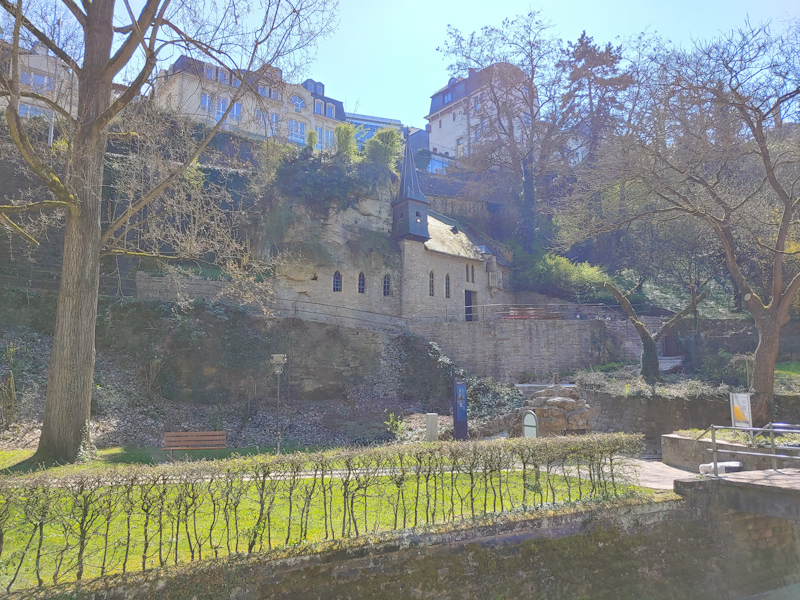
[ G8 ] - [ G7 ]
[ V40 ] [ P30 Pro ]
[ P30 ] - [ P20 Pro ] - [ P20 ]
[ Mate 20 Pro ] - [ S10+ (S) ]
[ S10+ (E) ] - [ S9+ (S) ] - [ View20 ] - [ OnePlus 6T ]
[ Pixel 3 ] - [ iPhone XS ]
This shot is quite hard on the cameras as it’s captured against the sun. Nevertheless, some phones manage to produce good results, however the LG phones all fail at the scene. The G8 isn’t able to maintain a black point and has no levels at all below 30% which results in a washed out image lacking contrast.
We see a similar issue on the wide-angle, with no levels below ~15%. Both the G8 and V40 showcase almost identical lens flares, pointing out to lesser quality optics and anti-reflection coatings on the lenses than say Huawei’s wide angle modules.
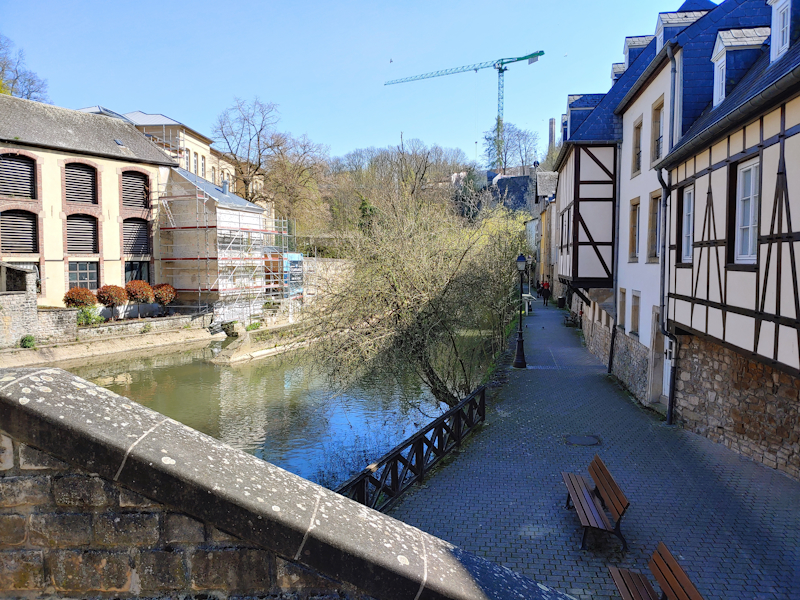
[ G8 ] - [ G7 ]
[ V40 ] [ P30 Pro ] - [ P30 ]
[ P20 Pro ] - [ P20 ] - [ Mate 20 Pro ]
[ S10+ (S) ] - [ S10+ (E) ] - [ S9+ (S) ]
[ View20 ] - [ OnePlus 6T ] - [ Pixel 3 ] - [ iPhone XS ]
In the last scene here again the G8 represents big improvements over both the G7 and V40, with better details and dynamic range and accurate colour balance.
The wide angle yet again is good in terms of its composition, however the details are still only about as good as a camera half of its resolution.










70 Comments
View All Comments
zeeBomb - Thursday, May 2, 2019 - link
How would I be out of my damn mind? The results are there, the display just isn't calibrated and isn't much of a step up from the G7. I suppose changing the display mode can remedy this, but of course for someone that isn't tech savvy, you would want the best out of your display, no?I guess what I meant to say its pitiful for not being accurate towards the color gamut. But dating back to my first G device, the G2, the IPS display was great.
Xex360 - Tuesday, April 30, 2019 - link
LG lost its imagination, we had very interesting phones from LG v10/20 G3/4/5/6, they had some problems but they had a "personality" and some good innovations, second screen, first with android 7.1, curved phone... Etc today they are just cheap ugly copies of Chinese phones, why copy the stupid useless notch while you had a more elegant and useful second screen?Lord of the Bored - Wednesday, May 1, 2019 - link
Their implementation of "second screen" basically means they invented the notch. That's reason enough to damn them, even if they did far it better than Apple and the current crop of imitations.cthunder67 - Wednesday, May 1, 2019 - link
So what has Samsung done to improve their design? It's the same curved display we have seen for the last few years.Wardrive86 - Tuesday, April 30, 2019 - link
Thanks for the review! Do you think the schedutil governor could be responsible for the performance in Work 2.0? (Assuming the G8 still uses schedutil)Arbie - Wednesday, May 1, 2019 - link
One good thing about the recent LG V-series phones fro the US is that they support all T-Mobile bands. AFAIK only the Samsung S8 & S9 models do the same.So - the text says this takes micro-SD, but it's not in the specs list under 'storage'.
Lord of the Bored - Wednesday, May 1, 2019 - link
"This is actually quite the competitive disadvantage for the G8, especially in the face of Samsung and Huawei’s newest triple-camera flagships."Why stop there? Compare everyone to Nokia's 5-camera spider-phone.
porcupineLTD - Wednesday, May 1, 2019 - link
To be fair the Nokia implementation of multiple cameras is just plain retarded.BedfordTim - Wednesday, May 1, 2019 - link
Nokia's implementation is designed to reduce the overall thickness which, while being pointless, it achieves. The trade off is that multiple small sensors don't collect any more light than one big one.I think where they have failed is in the software as camera to camera variations need to be overcome to properly combine the images and gain the benefit of the monochrome cameras.
Lord of the Bored - Wednesday, May 1, 2019 - link
Well, I think the multi-camera trend is silly in general. Nokia's is just the silliest.